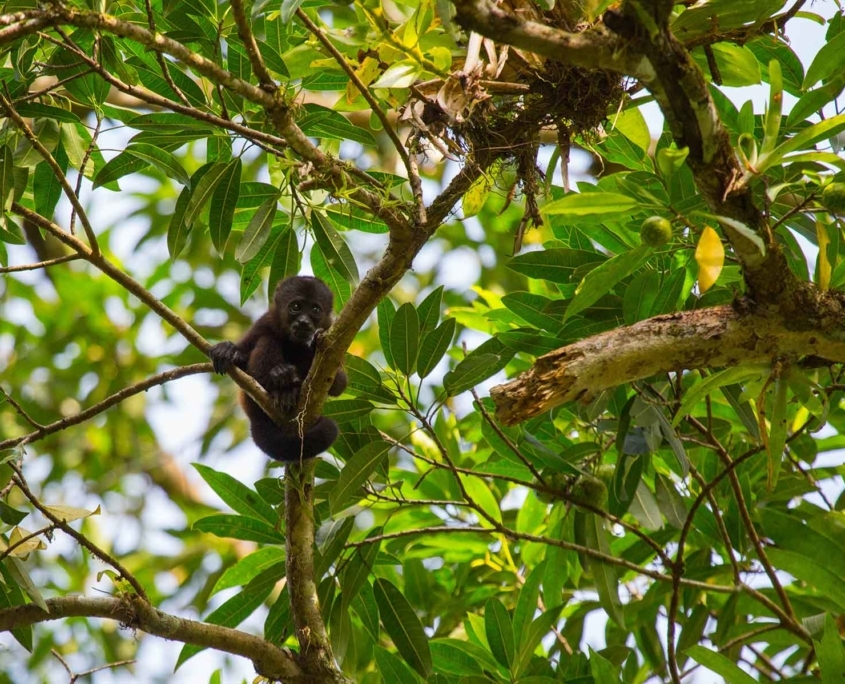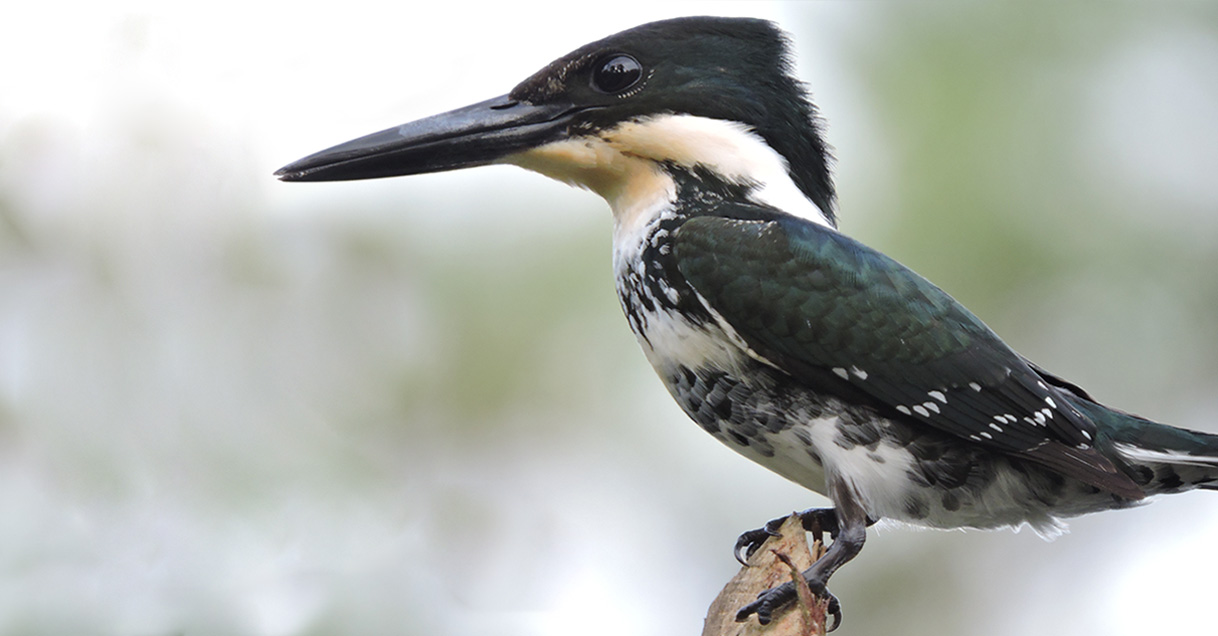SI-A-PAZ, a concept that we must return to
On June 5, 1985, in the midst of the war, the Nicaraguan president proposed the creation of Natural Reserves for Peace, based on the natural border areas of south-eastern Nicaragua and north-eastern Costa Rica.
In 1988 the SI-A-PAZ Project was born, where the management to support and consolidate an International System of Protected Areas for Peace was agreed, through inter-ministerial agreements between Nicaragua and Costa Rica.
The objective of SI-A-PAZ (YES-TO-PEACE) was the conservation by both countries of the largest sample of tropical rainforest found in the Central American slope.
This area conserved an extraordinary amount of diversity of habitats, such as humid and riparian forests, rivers, lagoons and wetlands, in addition, of a fauna of great richness and diversity, and of great potential for ecotourism.
These binational agreements did not materialize, but on April 17, 1990, Nicaragua establishes the Creation of Protected Natural Areas of the Southeast of Nicaragua, through Presidential Decree 527.
This decree creates the Solentiname National Monument, the Guatuzos Wildlife Refuge, the Historical Monument of the Fortress of the Immaculate Conception of Mary and the Great Indio-Maíz Biological Reserve.
In 1994, under decree 28-94, the Southeast Region of Nicaragua was established as a Sustainable Development Territory and in 1999, with decree 66-99, the Southeast Nicaragua Biosphere Reserve was created, which is still in force.





